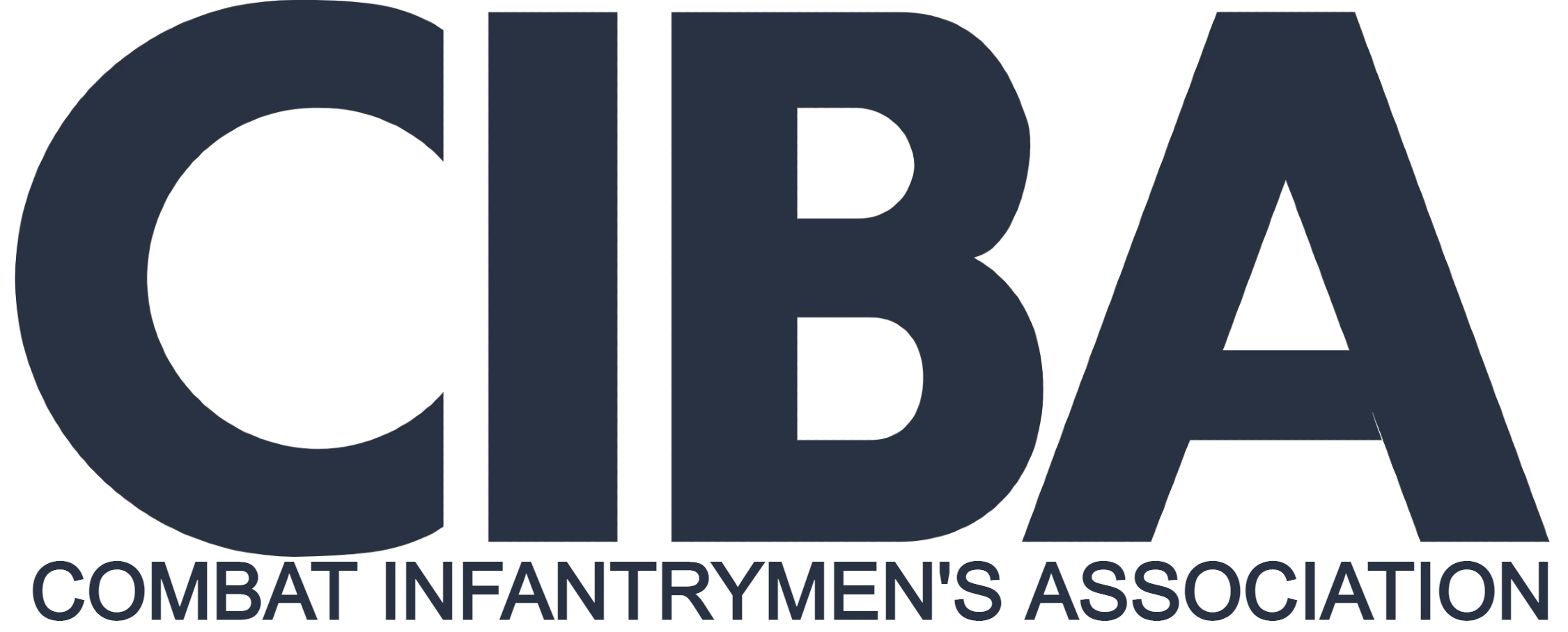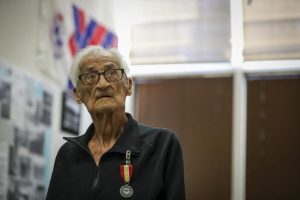STE MERE EGLISE, France — The soldier had target fixation. He had three beers in hand, a full day of leave and a group of young women waiting. But a crowd of Army uniforms also gathered for this French village’s D-Day celebrations stood in the way.
The soldier navigated another step and realized he was pushing his beers right into the uniform of Gen. Mark Milley, chairman of the Joint Chiefs of Staff.
“Palomino, what are you doing?” Milley said, reading the captain’s name tag.
Palomino’s eyes went wide.
“Whoaaa!” he said, backing away from the big guy.
“Whoaaa!” Milley said right back, grinning and taking a step toward him.
While the captain may have been surprised to find Milley mixing it up with soldiers, it didn’t surprise me. For those of us who have covered him, there’s the Milley who has been defined by the deeply controversial moments of his chairmanship under former President Donald Trump, who branded him a traitor. And then there’s Milley with the troops, mischievous and at home.
“Here, I’m going to give you a coin!” Milley said, continuing his approach toward the 173rd Combat Airborne Brigade captain, dropping his chairman’s coin into his beer to the laughter of a herd of troops.
Once soldiers get a coin as high-ranking as Milley’s, any time they are at a bar and are challenged to show what coin they carry, well, they win and the other soldier buys the drinks. So it’s a valuable coin to have.
I was a few steps behind, on assignment for The Associated Press, but this was becoming no ordinary reporting trip. It was Milley’s last pilgrimage to Normandy as a soldier before his term ends Saturday. And along the way, he would make my late great-uncle, who is buried at Normandy, part of his journey.
It began on that sunny, beer-soaked day in Sainte-Mere-Eglise — on the square famous for the American paratrooper whose parachute got caught on the church steeple as thousands of young men spilled out of planes and into the darkness on June 6, 1944.
“For me, it’s deeply meaningful. It’s spiritual, actually,” Milley told me. His father was a Marine who fought at Iwo Jima, his mother served as a nurse. And Milley had served in both divisions whose battles here on D-Day made Normandy sacred ground.
Hundreds of soldiers from the 82nd and 101st Airborne divisions packed the town’s bars and streets. During this weeklong party, Sainte-Mere-Eglise embraces the young men and women who now wear the patches of the units that liberated them.
Everywhere on the square Milley went, curious onlookers followed. During Trump’s presidency, Milley had become one of the most recognizable chairmen in recent history, and one of the most controversial. He drew fire from critics who argued he should never have become so high-profile, and he enraged Trump for opposing some of the president’s plans.
But among the troops, he was their Milley.
“It was pretty incredible meeting him. He’s been a huge influence,” said Sgt. Muniz, a 4th Infantry Division sniper team leader, after crossing Milley’s path and getting coined.
“There you go — it says General Milley, Commanding Officer 1-506th Infantry, BCT 101st, 39th Chief of Staff of the Army and 20th Chairman,” he said, slapping the shoulder of another 101st Airborne Division soldier, Staff Sgt. Wolfe, who’d draped the Screaming Eagles flag across his back to secure the chairman’s autograph.
Like Capt. Palomino, the sergeants blended into the crowd before I got their first names.
“What are you reading?” Milley said as he moved among the group, slipping a coin into the hand of another young sergeant. “You’ve got to read Clausewitz and Sun-Tzu, ‘Art of War’ and ‘On War.’ If you read those you don’t have to read any other books. And the Bible, that’s it,” he said, with a roar of laughter.
A few days before, I’d shown Milley a photograph. My grandfather and his brother were standing in uniform in an English field just weeks before Operation Overlord.
Terry “Salty” Harris would die days after jumping into Normandy, but he was already immortalized by HBO’s “Band of Brothers.” I’d brought the photograph and my grandfather’s wings thinking there might be an opportunity to slip away and leave both on Terry’s white cross grave at the Normandy American Cemetery.
Once I told Milley about them, he latched on.
“I commanded the 506th!” he said, talking about the 101st Airborne Division’s 506th Infantry Regiment. Terry had been in the 506th’s Easy Company; Milley had commanded the unit in Korea.
With Milley, a carefully planned itinerary is always just an opening salvo; it never survives his first conversation. Add in the chairman’s love of history, the sea swell of active-duty soldiers and line of WWII veterans in wheelchairs who embody the last living memory of the fighting, it’s a bit of a miracle Milley is not still there deep among the troops and veterans, coining every one of them.
But now he had Terry in mind, too.
“We’ve got to get to Carentan,” Milley said, nudging his staff to find a way to make it happen.
Carentan is a village about 10 miles (16 kilometers) from Sainte-Mere-Eglise. It’s also where Terry died.
On the nights that followed June 6, 1944, paratroopers who had not been picked off by German guns gave their all while regrouping on the ground. The road to Carentan is known as “Purple Heart Lane.”
We would go to Carentan, but only after more hours of meeting soldiers; then visiting two orders of nuns, where Milley told stories of his own Catholic upbringing; then a street vendor, where Milley took over the grill and cooked sausages for his wife, Hollyanne Milley, and his staff. Then we headed to Carentan.
“This right here, the turf we are on, is the beginning of the liberation of France, and the beginning of the liberation of Western Europe,” Milley said. “We should never forget why they fought here.”
Over the next few days, the schedule slipped away. As the flyovers and speeches began on June 6 at the Normandy American Cemetery, honoring the past was slipping behind news demands of the present. The gravesite was for another trip, being there was enough.
It was not enough for Milley. Even after the speeches and the demands for more interviews before the TV cameras, including ours, the chairman got target fixated, too.
“Did you get to see the grave?” he asked me as our AP video crew took his microphone off.
“No, there just wasn’t time,” I said. Already the interview we’d just finished meant I needed to get to work.
Within a minute Milley had his advance guys briskly walking the rows of white crosses. He knew that seeing the grave mattered. I had the gravesite coordinates stored on my cellphone and his advance team members were quick scouts. I hurried with them, reporter’s notebook still in hand.
Maybe it was the background sounds of the cemetery, Omaha Beach just off to the side, the wind. Maybe it was the stress that minutes were moving and a headline was not. But Terry’s story was one I knew deeply and held close. A family member who’d been killed was right there, and I gave in to the present and began to weep.
Hollyanne Milley put her arm around my shoulder, and she and the chairman and I bowed our heads, and prayed over Terry’s white cross.
And then Milley coined him.
Story Continues
© Copyright 2023 Associated Press. All rights reserved. This material may not be published, broadcast, rewritten or redistributed.
Please rate this CIBA article
Vote






